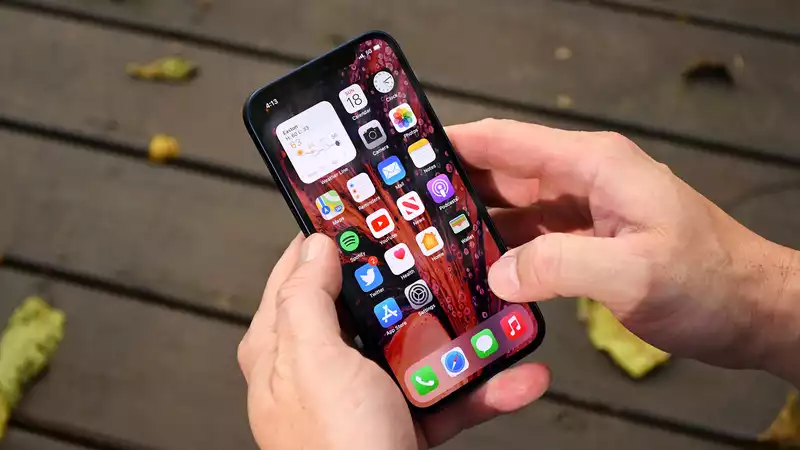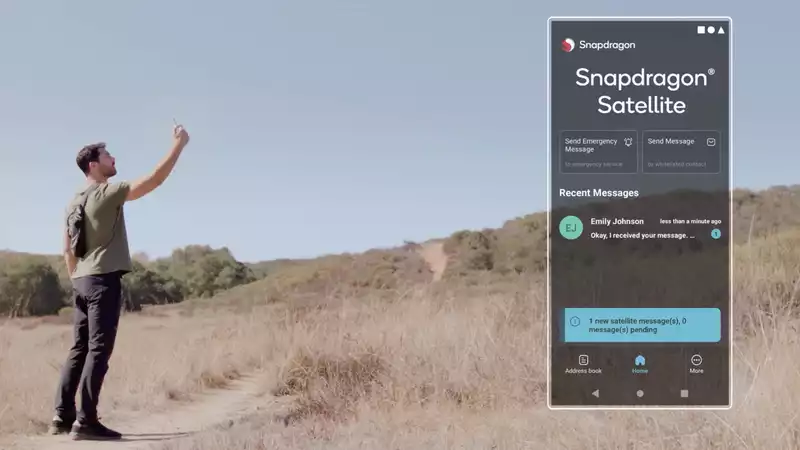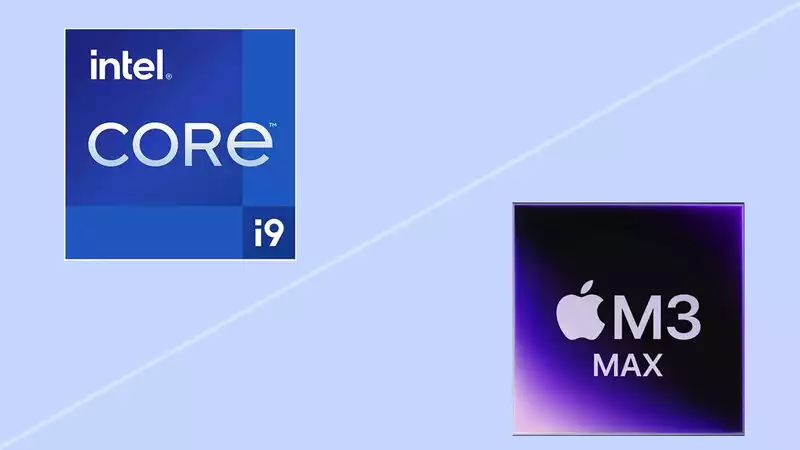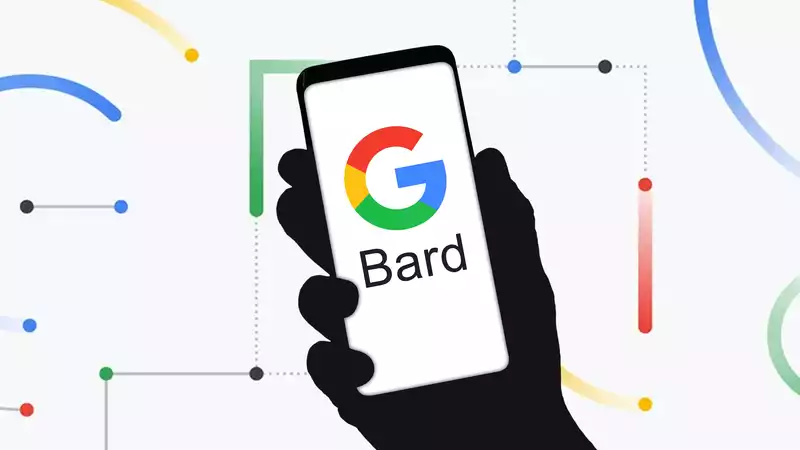Apple has hyped the iPhone 12's Ceramic Shield display, but new tests show that Apple is very tricky about how exactly the new screen will help.
Zack Nelson of the YouTube channel JerryRigEverything published a durability test of the iPhone 12 Pro. However, thorough testing of the iPhone's toughness revealed that Apple's choice of words regarding the ceramic shield was quite deliberate.
Conclusive evidence came from Nelson's display scratch tests, which he measured on a Mohs hardness scale using a series of mineral picks. Most modern cell phones can withstand scratches up to a Mohs hardness of 6 or 7. However, Nelson stated that he thinks a Mohs hardness 6 scratch was "a little thinner" than normal.
So if Apple's Ceramic Shield display is meant to be four times tougher than previous displays, what does this mean? The answer lies in Apple's specific claim that the Ceramic Shield and the screen being the same height as the side rails "improves drop performance by a factor of four. Thus, the only way you would notice a theoretical difference is if you actually dropped the new iPhone on the ground.
Perhaps we should have expected Ceramic Shield to fall short in the scratch test, since Apple does not specifically mention this durability feature. Nonetheless, it is a bit disappointing that something that makes up a significant portion of the iPhone 12 promotional materials may not be important.
Of course, there is still much to like about the iPhone 12 and iPhone 12 Pro. Both are the first iPhones to include 5G, continuing Apple's winning streak of high-performance chipsets and superior photography technology, and the 12 Pro's new rear LiDAR depth sensor contributes greatly to this.
We will be conducting our own drop and durability testing on the iPhone 12 and 12 Pro, so stay tuned for further updates.










Comments